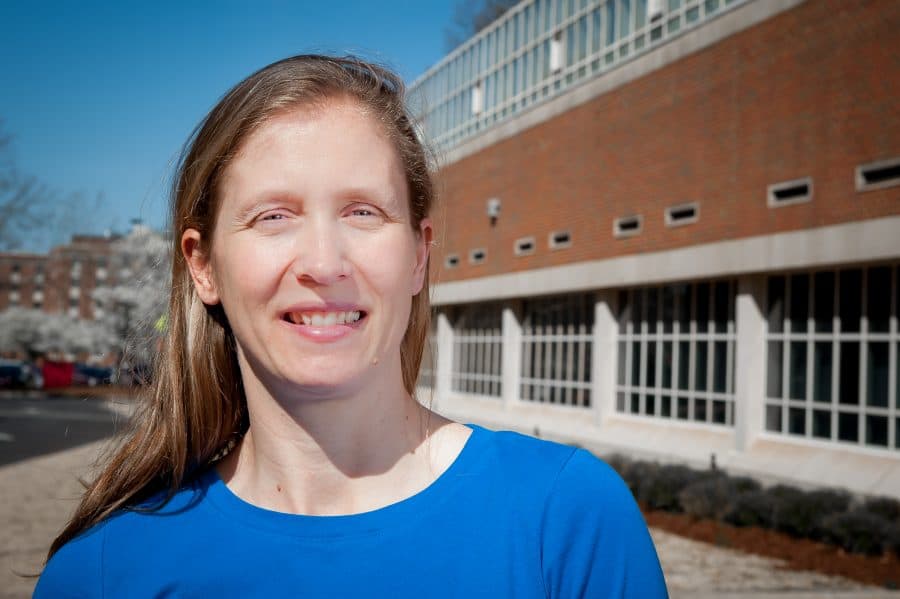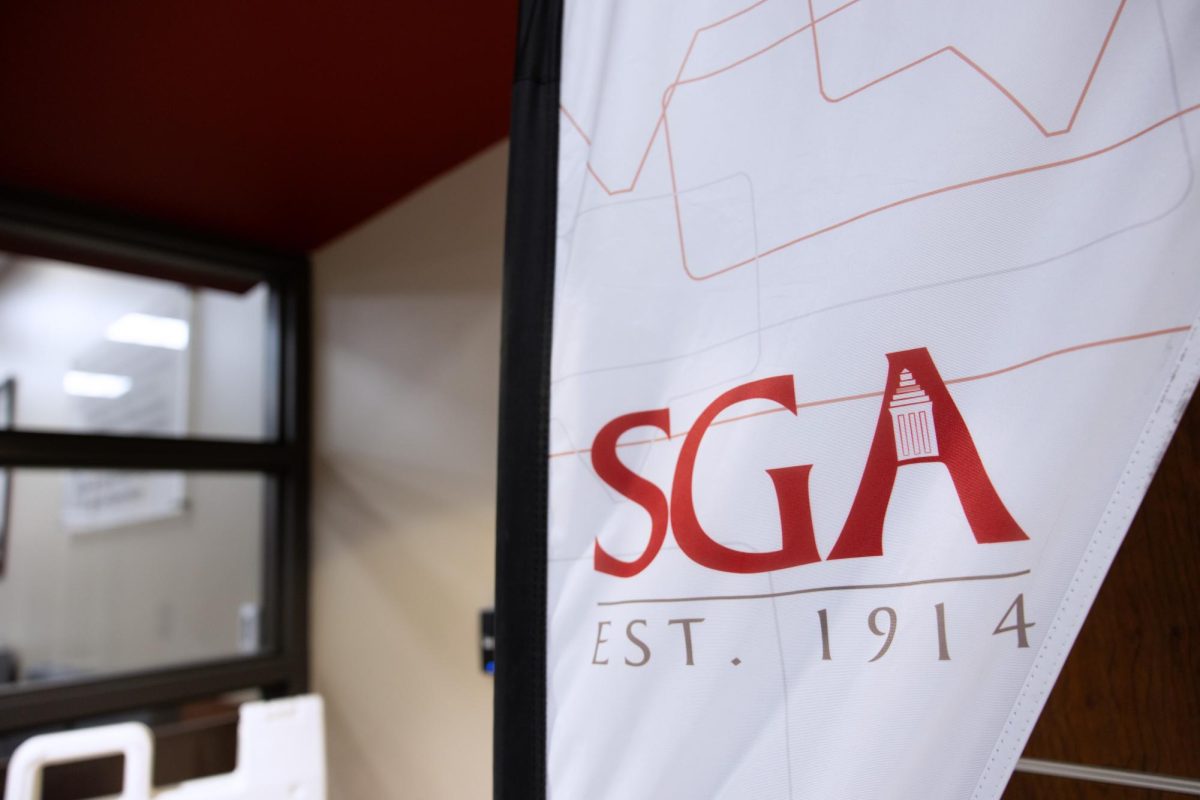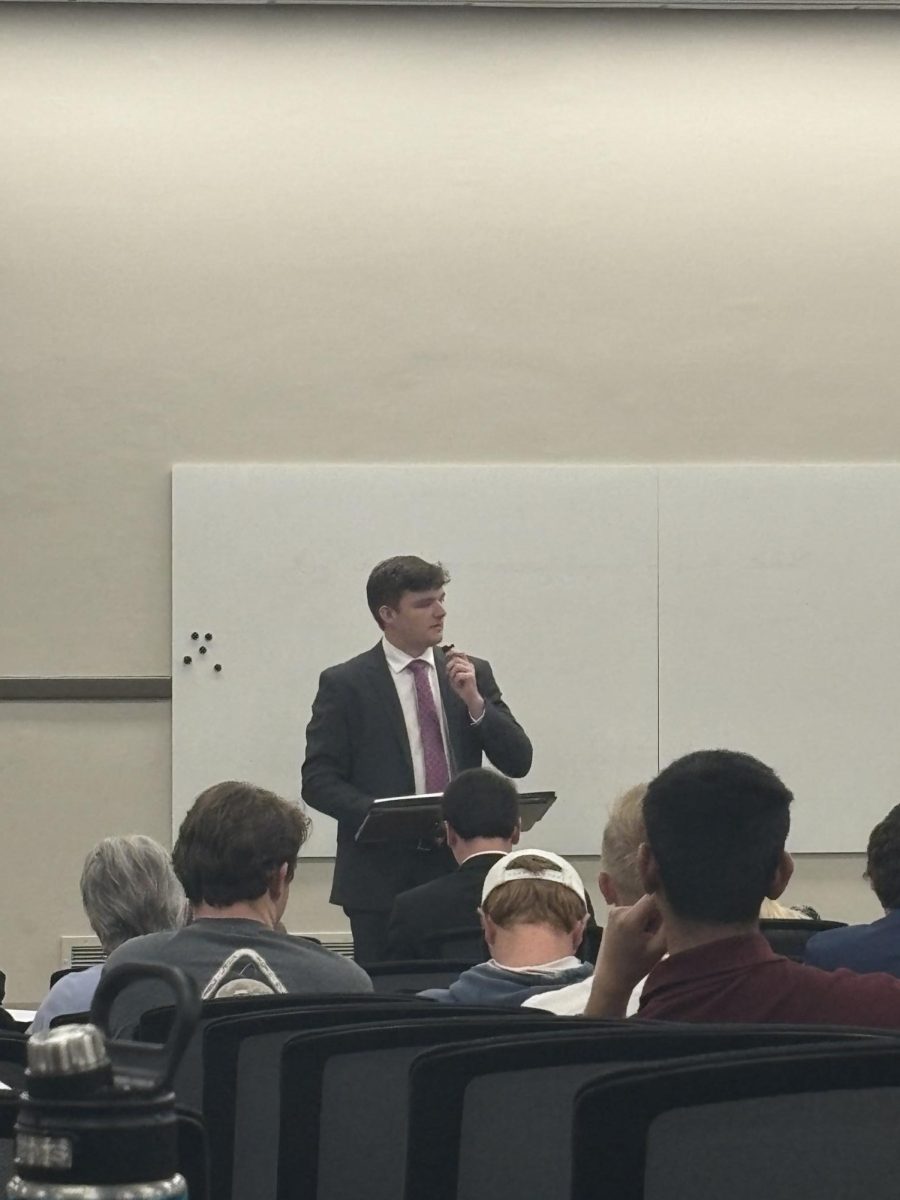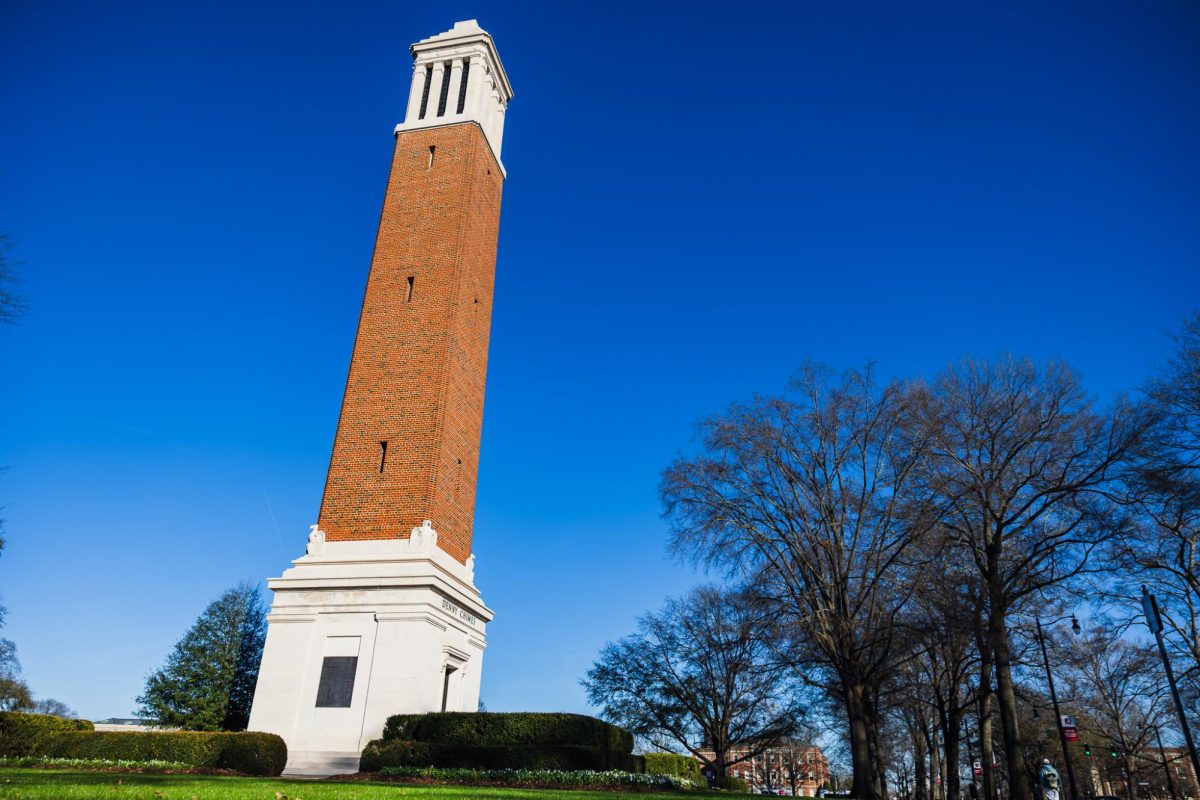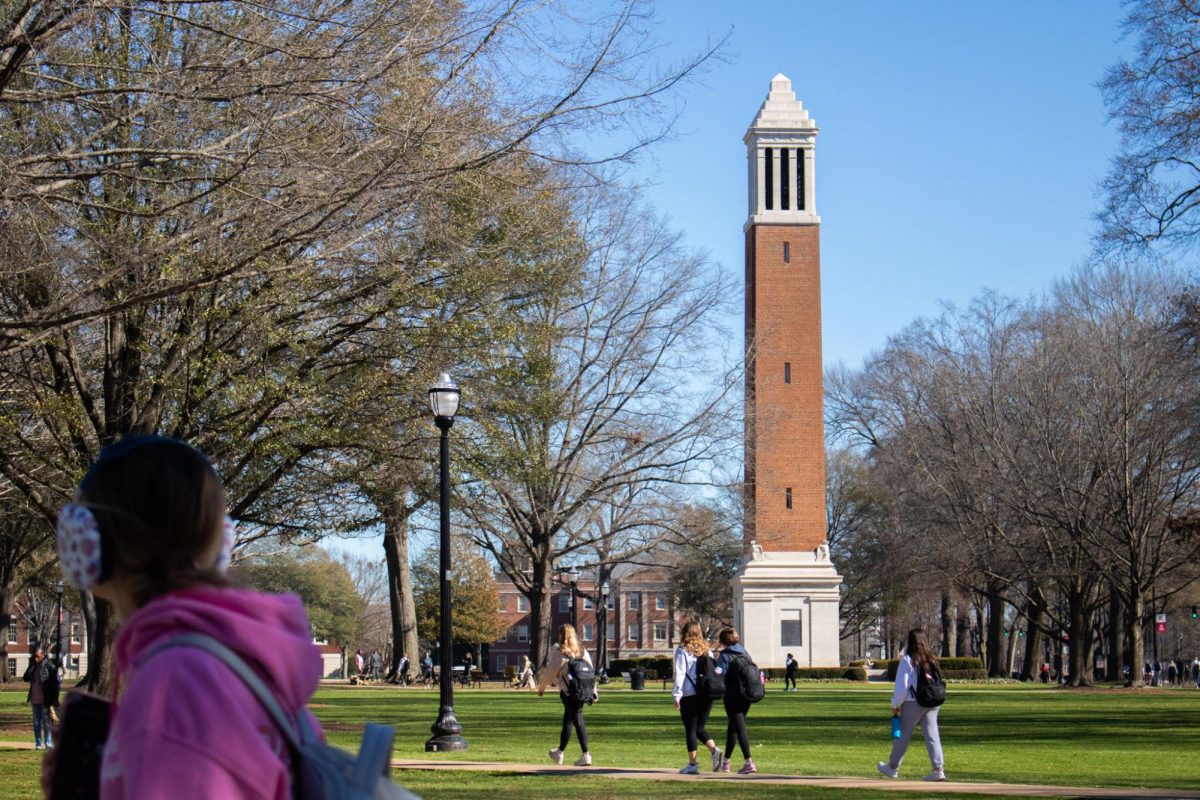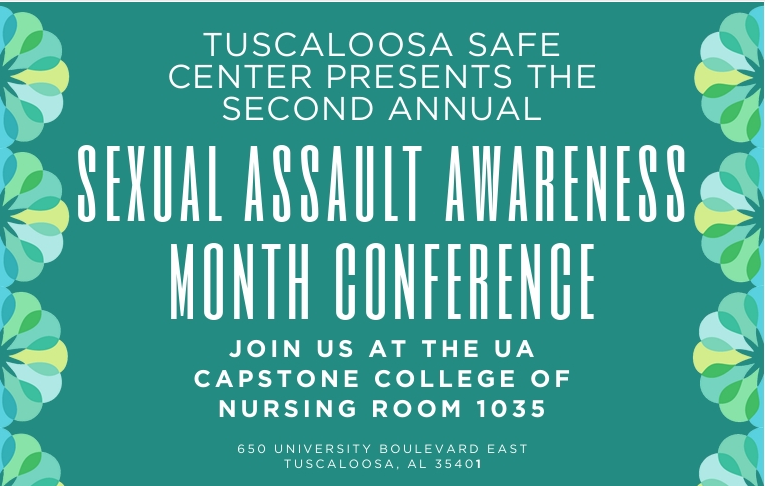Before she became a UA professor leading students on geology excursions in the Himalayan Mountains, Delores Robinson was a young girl in West Virginia, roaming the hills and exploring the caves that formed on her family’s farm. Without an Earth science class in high school, Delores Robinson found herself learning geology on her own without even knowing it.
“I discovered that if I traced a certain horizon of rock from valley to valley, I could find different caves at the same level,” Robinson said. “Essentially, I learned the principle of original horizontality, that beds are deposited flat lying and remain that way unless they are disturbed by tectonic forces. I just didn’t know that I learned it.”
After taking a field trip with a marine geology class in her first semester of college, she knew what she wanted to do for the rest of her life.
“The field trip was to the North Carolina coast to study barrier islands,” Robinson said. “I thought ‘What a great profession! I can learn about the Earth through time but also travel and gain experiences.’”
And travel she did. After earning bachelor’s degrees in geology from Guilford College and Vanderbilt, she worked in far western Nepal in the Himalayan Mountains while pursuing her Ph.D. from the University of Arizona’s Department of Geosciences. For the past 20 years, she has explored and conducted research in the Himalaya-Tibet region, Nepal Bhutan, northwest India, southern Tibet and now Pakistan.
“I put on a hiking backpack and walked around the region looking at the different rocks, making maps of the rocks, and collecting samples for analyses,” Robinson said. “I spent over a year in Nepal for my Ph.D. I learned their language, customs and hiked around the largest mountains in the world.”
Through her travels Robinson has explored remote regions, driving a rented truck and hiking when the roads ran out, gathering rock samples that allow her to determine how the mountains have changed through time.
Robinson sends the rock samples she finds back to The University of Alabama, where her graduate students process the rocks to get minerals, like zircon or apatite, which they analyze to obtain an exact time of a geological event. This helps them trace rock movement to map how the Himalayan Mountains were formed.
For the past two years, Robinson has been working in Nepal again, returning to where she earned her Ph.D. Last year, she took students on a six week trip to western Nepal.
“It was great fun to go back to where I did my Ph.D.,” Robinson said. “There are more roads in the region but two-thirds of the field season was still backpacking.”
Claire Battistella, a graduate student studying structural geology and tectonics of the Himalayas, traveled with Robinson to the Himalayan mountains last year to create a geologic map of the region and collect rock samples for thermochronological analysis. She called the experience incredible, and challenging both mentally and physically. She learned about Nepali culture and what it takes to live in remote regions of the largest mountain belt in the world.
“Working in the Himalayas is a unique experience,” Battistella said. “Very few Westerners make it to this region, so many of the villages we went to, children were fascinated with us and would follow us as we walked through.”
It was a learning experience for both sides. While the students were studying the rocks of the region, the people of Nepal were studying the students.
“Often we would stop and break off some rocks and look at them and take notes, but as soon as we would walk away the people of the village would go pick up the rocks we looked at trying to figure out what was so special about them,” Battistella said. “The Nepali people were incredibly kind and generous. They were very interested in what we were doing out there.”
Gourab Bhattacharya, another Ph.D. student, has worked under Robinson for the past three and a half years, studying the evolution and cooling of mountain ranges over time. He said working with Robinson, or “D” as he calls her, has been “exciting” and her work plays an important role in conducting this type of research in the Himalayas.
“She’s a nice person to work with and gives a lot of freedom when it comes to framing your research project,” Bhattacharya said. “She’s also a very good field geologist and I learned a lot from doing a summer fieldwork with her in the Himalayas back in 2015.”
Currently, Robinson has partnered with Pakistani researchers to work toward mapping the location of oil and gas deposits in the southern part of the Himalayan Mountains in Pakistan in an effort to improve the country’s earthquake assessment while also improving the economic development of the area. With more accurate geological mapping, Pakistan can better address the energy crisis and attract hydrocarbon industry investors.
“We will make maps, take samples, conduct analyses and make models of the how the rock evolved through time,” Robinson said. “We will predict where oil and gas deposits might be located for future development. I have not been to Pakistan before, and this is an opportunity to do research in part of the Himalayan Mountains that few researchers are able to go to.”



